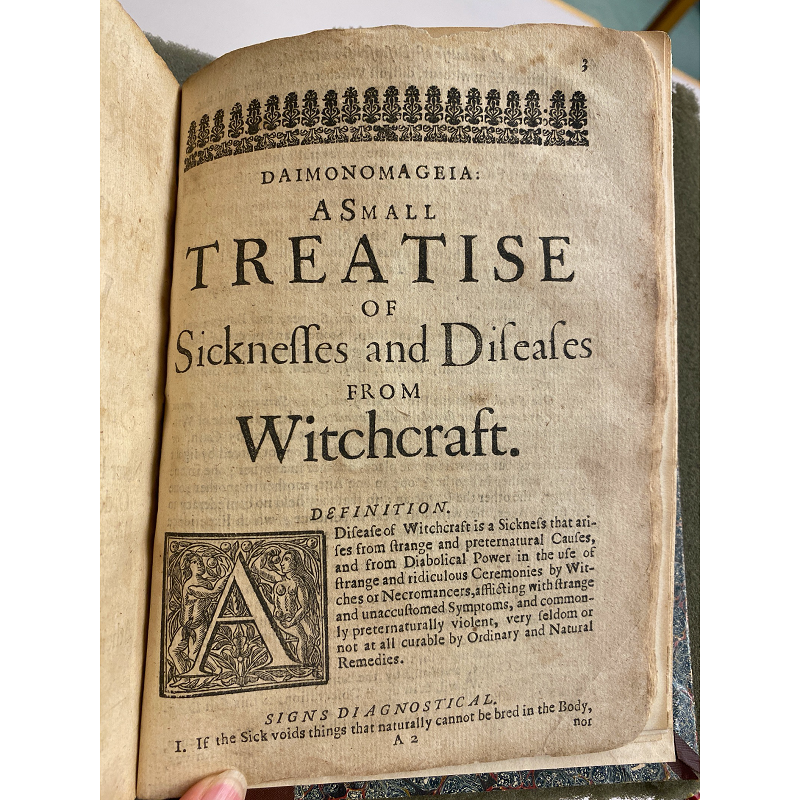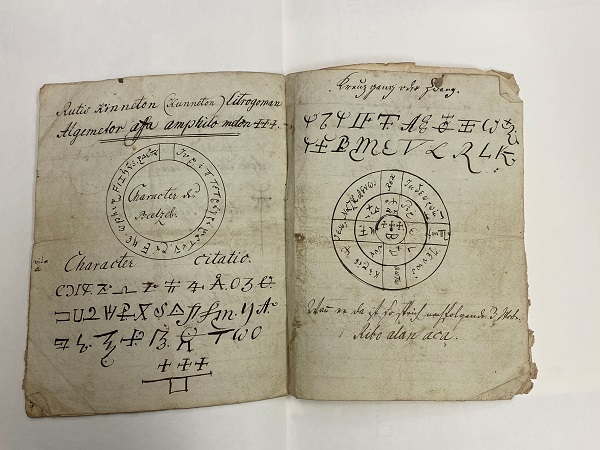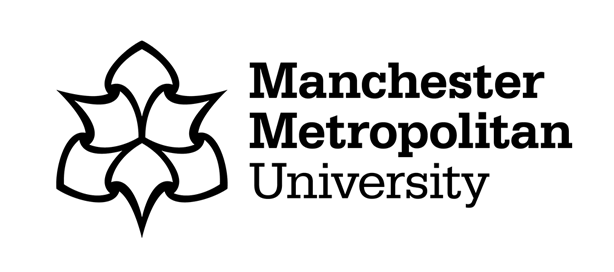
I write to you in a state of “precatory enthusiasm” with “vehement intention of the mind.” Be clear; this is merely an “effect of Nature” and should not be mistaken for “Diabollical Possession” as confirmed in classical scholar Meric Casaubon’s 1665 book A treatise concerning enthusiasm: as it is an effect of nature: but is mistaken by many for either divine inspiration, or diabolical possession—one of the little literary gems unearthed in Cornell University’s Rare Books and Manuscripts collection at the Carl A. Koch Library.
Being awarded a Manchester Met Research Support Award funded a recent expedition to Ithaca, New York, to plumb the Witchcraft Collection (3,000 titles documenting the Inquisition and persecution of Witchcraft, primarily in Europe). My goal was to read confessions, witchcraft trial records, books of medicine and magic, and collect supporting evidence for The Cycle, my PhD in Gothic Research Studies project. Truth and magic reside in liminal spaces; consider them the dark matter between the stars. These interstitial spaces are where I have directed my gaze to discover hidden connections, stories, and truths. Comprising two companion texts, a novel, and a critical thesis, The Cycle incorporates prose, verse, and illustrations. Beginning in the pre-pottery Neolithic and ending in the present, twenty-one interlocking chapters follow the transmigrated soul of a witch through stages of the triune goddess (maiden, mother, crone), and dormancy/reincarnation. The critical work details witchcraft’s historical underpinnings as a patriarchal weapon of socio-economic and religious control and details the creative work’s supporting framework. A celebration of feminist agency, the novel rebukes the cultural constraints that disempower and vilify self-actualised women.

Prior to this visit, I hadn’t conducted archival research of such scope, so my PhD supervisor connected me with a more experienced library researcher who offered helpful guidance. Learning how to comb the catalog to identify texts relevant to my theoretical premise (I was limited to a total of fifteen) was overwhelming at first. Helpful, though! That initial process forced me to narrow my focus and approach the task with clear and specific goals. I limited my search to on-site, English language texts (many were written in Latin, German, or Spanish) from the early 1500s-mid 17th century. One of my most intriguing finds was an entirely handwritten volume simply titled “A Collection of Prescriptions.” (1650, Author Unknown). Tucked between stiff, decomposing leather-bound boards, pages filled with neat, elegant script listed remedies and treatments for common and then-unidentified diseases and in no particular order. Daimonomageia: a small treatise of sicknesses and diseases from witchcraft, and supernatural causes (1637?-1669) asserted that “All diseases that are caused by Nature, may be caused by Witchcraft; But all that are caused by Witchcraft, cannot be caused by Nature.” This vague definition serves as a convenient catch-all for anything outside the limited scope of 17th-century medical knowledge and conscribes mental illness, neurological diseases, and congenital anomalies to the realm of the supernatural, ergo witchcraft.
While tropes of magical libraries, books as interdimensional portals, and demons being summoned or condemned by spells scrolled across the vellum leaves of hidden grimoires abound in pop culture, nothing so astonishing happened to me. Disappointingly, I add. The Rare Manuscripts library is clean, bright, and orderly. Researchers must register, show ID, and have their photos taken upon arrival. It feels like a pleasanter DVLA visit. At a second station outside the Reading Room, librarians retrieve requested material from the stacks and bring them to you on wedge-shaped foam book supports. I felt quite like Cinderella being presented with a glass slipper. Mini bean bags and a string weight held fragile pages open. Gloves were not required, and photos—no flash—were allowed. Notes must be taken in pencil on the green, loose-leaf paper provided. After spending three days taking copious notes and more than 200 photos, I was done. Before saying goodbye to the library, I found my third novel The House of Erzulie shelved in the dim stacks on the seventh floor. Students busily scribbled and clicked away in their carrels, oblivious to me and my partner giddily snapping Proud Author pics.

Adventures in library research has concluded and now I’m home again, sorting through the gathered knowledge to give voice to the characters in the novel and scaffold my critical work with the difficult lessons of the past.
Kirsten was awarded a Research Support Award that helped fund a research visit to New York. Find out more about the Research Support Award in the Funding section of Moodle.



1 comment on “Not-So-Wicked Witches and Adventures in Library Research”
Wow, great pics. I’m going to have to throw some coins into my necropants and start saving up to get there.